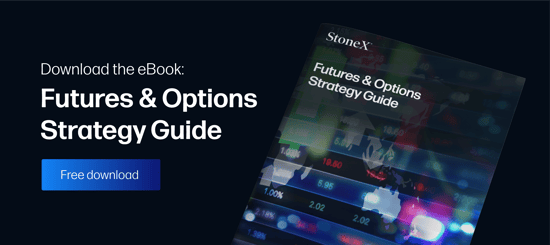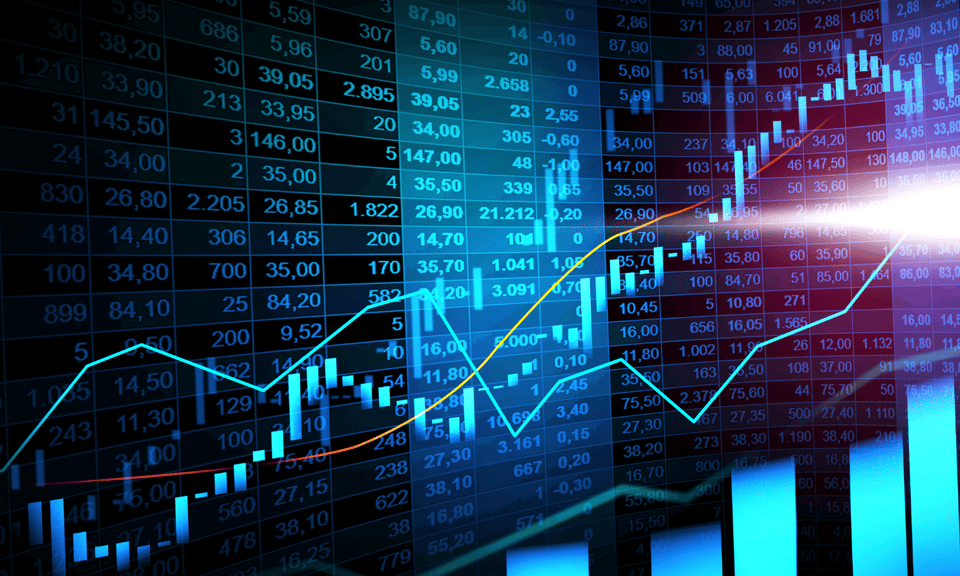Many traders have heard about an option’s delta, but they have no idea what it means or how they can implement it in their own trading strategy. An option’s delta will give you the rate of change for an option, the hedge ratio for an option and an option’s theoretical equivalent to the underlying futures position. This article will focus on helping traders become familiar with an option’s delta and its many uses.
Delta is given as a value and quoted with a decimal will call options being from 0 – 1.00 and put options from 0 – (-) 1.00. However, the decimal is commonly dropped when being discussed and we’ll do the same in this article. For call options, the value ranges from 0 – 100. For put options, it ranges from 0 – (-) 100. A call (put) option with a delta of around 50 (-50) is referred to as an at-the-money option. A call (put) option with a delta between 0 – 49 (0 – (-) 49) is referred to as an out-of-the-money option. A call (put) option with a delta between 51 and 100 (-51 and -100) is referred to as an in-the-money option.
Delta helps traders figure out the rate of change for an option compared to the underlying futures position. The underlying futures position will always have a delta of 100. If a call option has a delta of 35, it can be expected to change in value at 35% of the rate of the underlying futures position. Simply, if the underlying futures rises 1.00, the call option can be expected to rise by .35. As an option increases in value, the delta will change and begin moving more like the underlying position.
Any trades are educational examples only. They do not include commissions and fees.
Delta also helps traders figure out a hedge ratio. This is when a trader wants to hedge an option position against the underlying futures contract, also known as being ‘delta neutral.’ Since the underlying contract always has a delta of 100, the hedge ratio is determined by dividing 100 by the options delta. If an options delta is 50, then the hedge ratio is 100/50, or 2/1. For every two options purchased, the trader would need to sell one underlying futures position to establish a neutral hedge. To learn more about delta neutral trading, read this previous article: Futures Options: Using a Delta Neutral Trading Strategy.
Delta also helps traders figure out what an options theoretical equivalent is to the underlying futures position. Since the underlying futures position has a delta of 100, each 100 deltas in an option position represents a theoretical position equivalent to one underlying contract. If a trader has an option that has a delta of 50, the option is the theoretical equivalent of holding 50% of an underlying contract. Delta also gives you the approximate percentage an option has of ending up in-the-money. If a call option has a delta of 40, then the option has approximately a 40% chance of ending up in-the-money. If a put option has a delta of -68, it has approximately a 68% chance of ending up in-the-money. The closer the delta is to 100 for calls and -100 for puts, the greater the chance it has at ending up in-the-money. Deltas that are closer to zero indicate that the option has less of a chance to end up in-the-money.
As you can see, an option’s delta can tell you many things. It can tell you the rate of change for an option compared to the underlying position, the hedge ratio, and the theoretical equivalent to an underlying position along with the percentage chance it will end up in-the-money. All of these can be helpful in understanding how an option moves.



